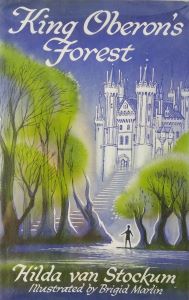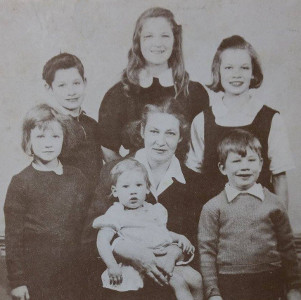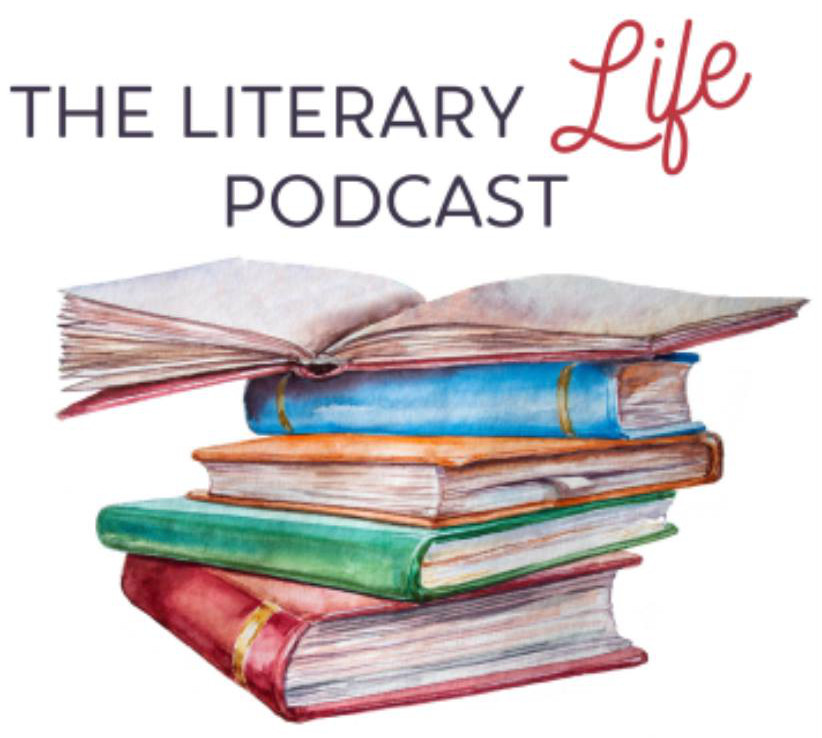King Oberon's Forest

Author:
Hilda Van Stockum ![]()
![]() Complete Authored Works
Complete Authored Works
Illustrator:
Brigid Marlin
Publication:
1957 by Viking Press Inc
Genre:
Fairy Tales, Fiction
Pages:
143
Current state:
Basic information has been added for this book.
It has been read but content considerations may not be complete.
Book Guide
Search for this book used on:
The three brother dwarfs are renowned for their bad temper and mean unfriendliness, until one Hallowe'en, a prank is played upon them by the forest folk. Outside their front door they find a fairy foundling child. They are forced to take care of him and, as he grows up, their lives become completely changed. Not only do they have to bath and feed Felix, but when he is old enough to fly through the forest he brings all his new friends back to the dwarfs' tree-house. Rabbits, chipmunks and squirrels and even the snobbish Archibald Skunk-Phoo come to call on them. In fact, whenever Brother Ubald wants to sit down to read, there is some small animal curled up in his chair and Brother Alban is constantly wiping up dirty footmarks. Yet before long they stop complaining, for Felix spreads love and happiness around him wherever he goes.
When Felix suddenly disappears, the dwarfs' grief is shared by all their neighbours. At last, after some surprising adventures, the story ends happily with a most successful fancy dress party given by the brothers McOakum themselves.
The forest at the different seasons is beautifully described and the characters, drawn with delightful humour, will live long in the memory of many a child.
From the dust jacket
To view an example page please sign in.
Resource Guide
Episode 70: Why Read Fairy Tales?
Released in 2020 by The Literary Life
Available formats: Streaming Audio
Length: 1 hr. 29 min.
View on the The Literary Life site
"Angelina Stanford and Cindy Rollins tackle the topic of fairy stories, discussing the what, why and how of reading them. Angelina shares the distinctive characteristics of fairy stories in contrast to other types of stories, such as myths. They deal with the question of whether fairy tales are 'escapist', the influence of the Grimm brothers scholarly work on interpreting fairy stories, and allowing the story to unveil its deeper truths without forcing meaning onto it.
Angelina gives an illustration of how to see the gospel messages in fairy tales by talking us through the story of Sleeping Beauty. She refutes the ideas that fairy tales are about human romance or are misogynistic. She also highlights some of the Enlightenment and Puritan responses to fairy tales that still linger with us today. Cindy and Angelina also discuss some common concerns such as the magical, weird, or scary aspects of fairy tales. Angelina also makes a distinction between folk tales, literary fairy tales, and cautionary tales."
Find This Book
Search for this book used on:





